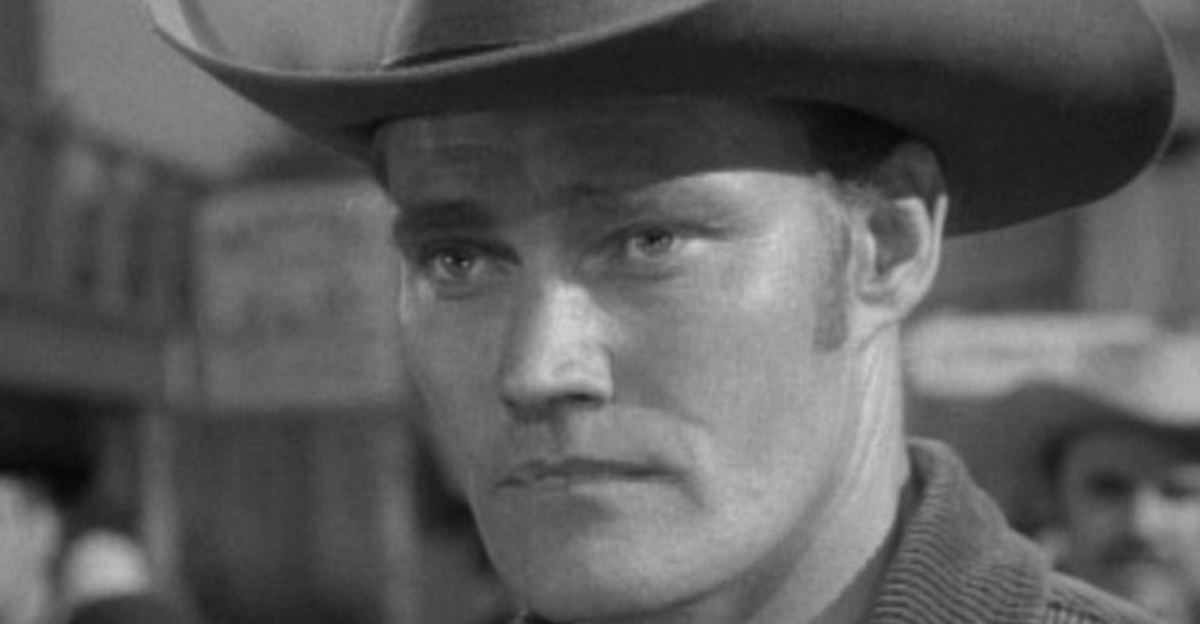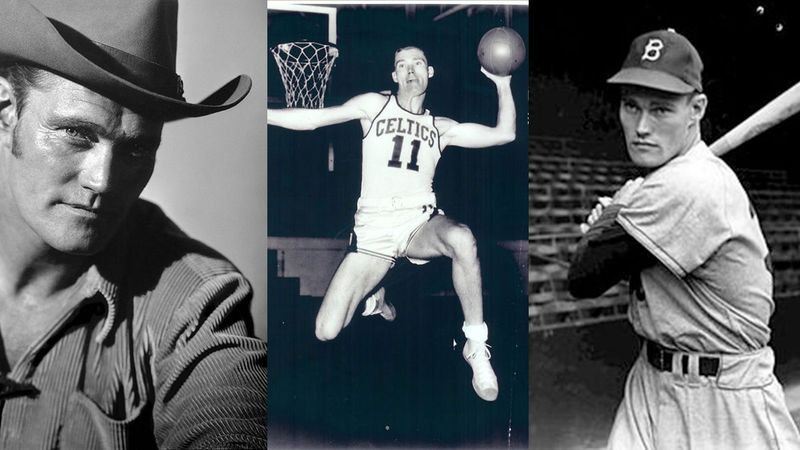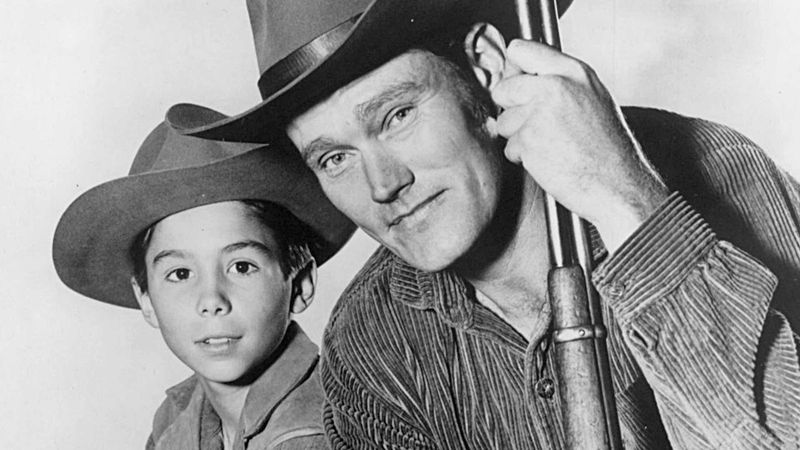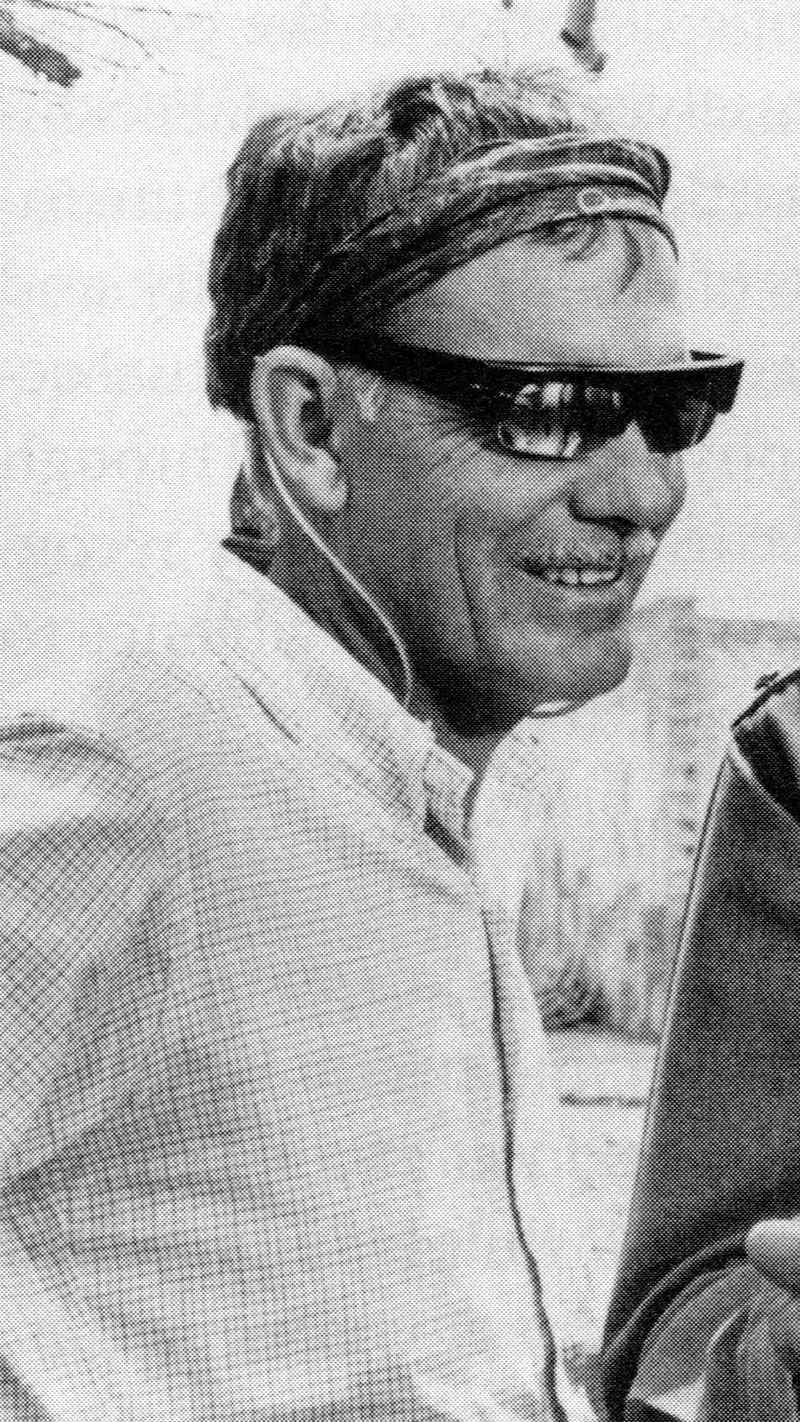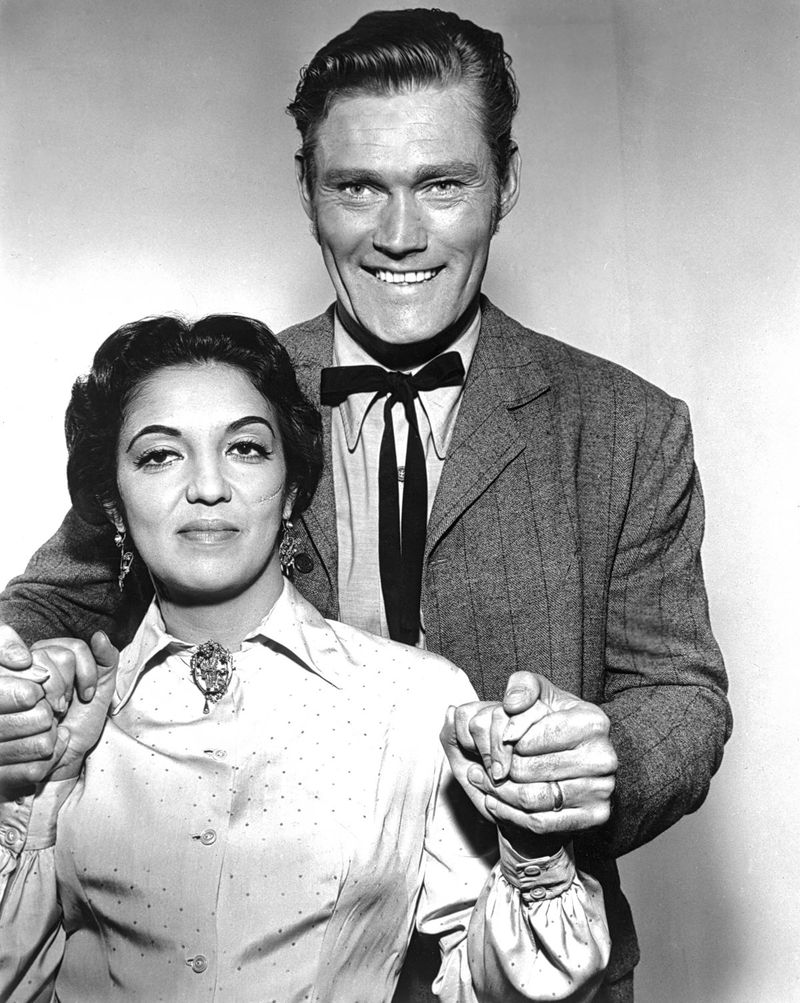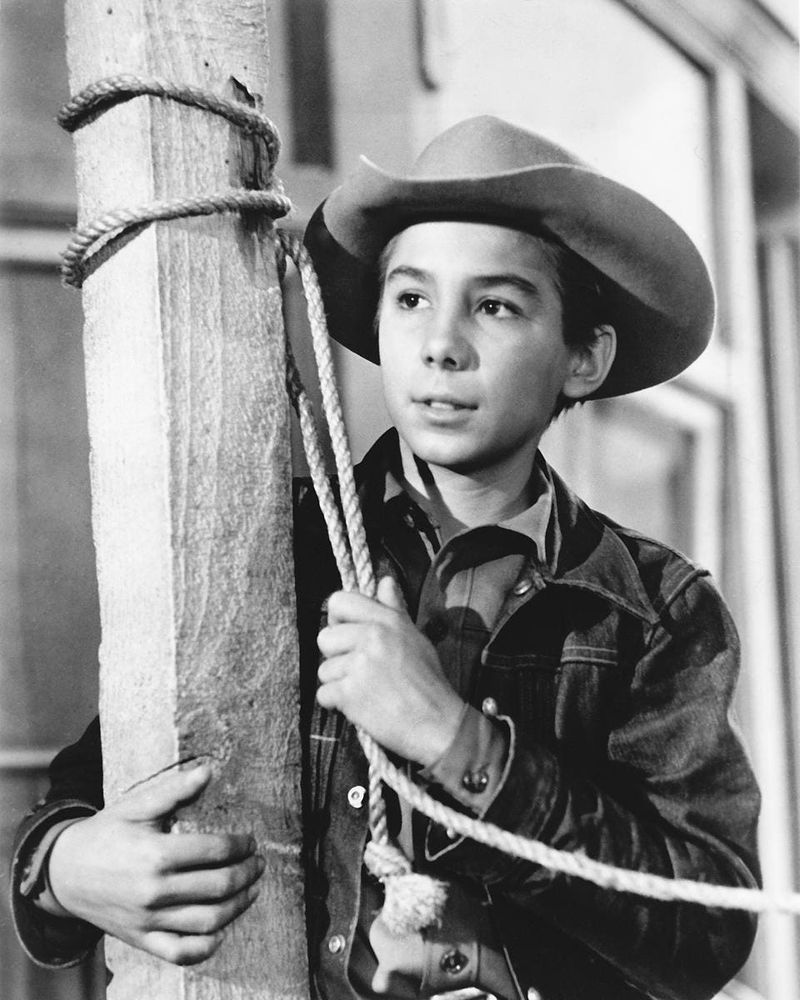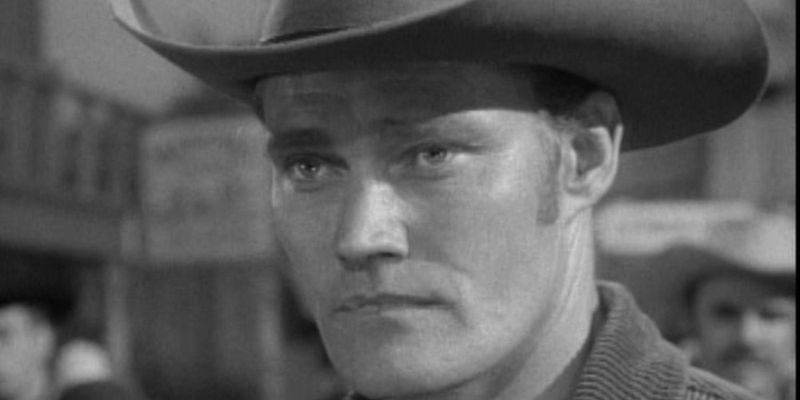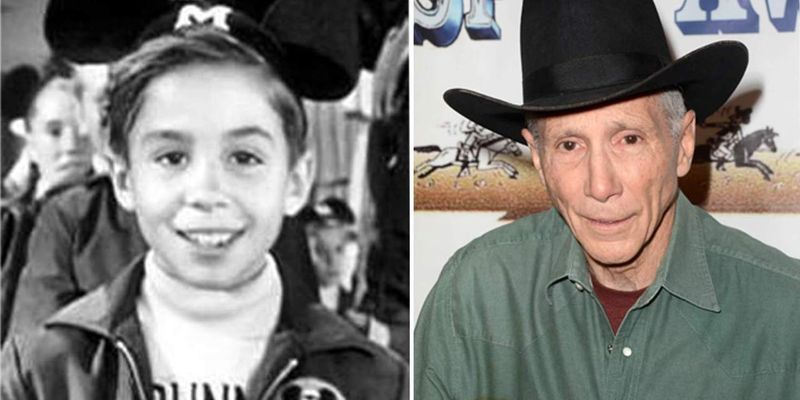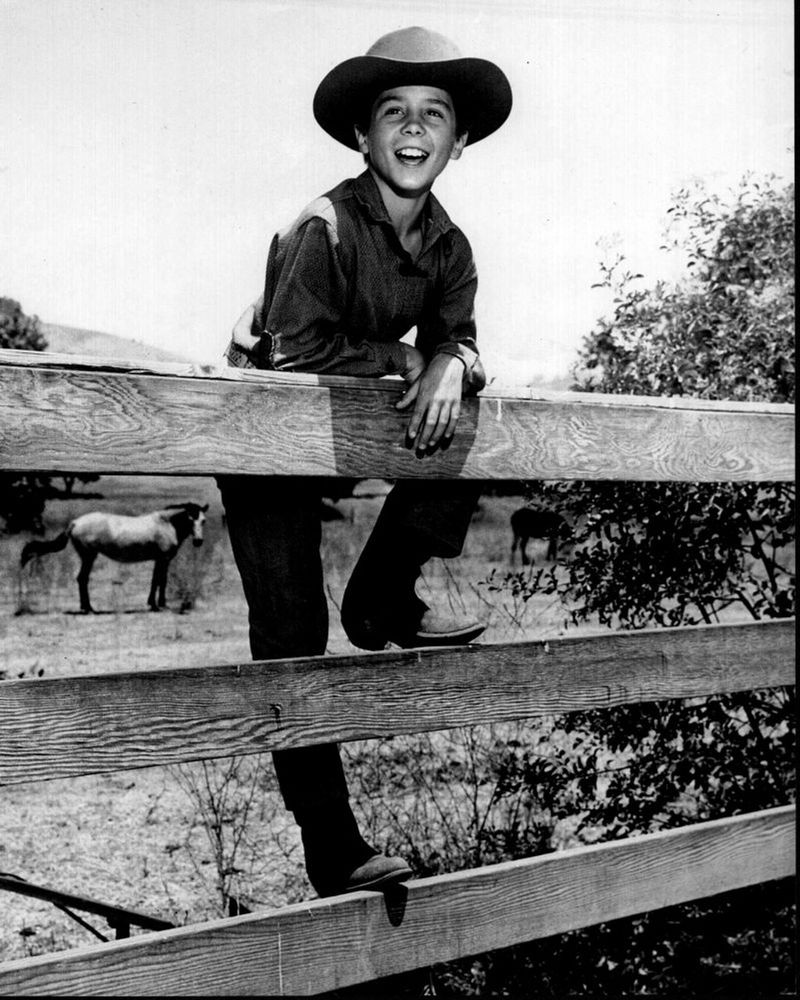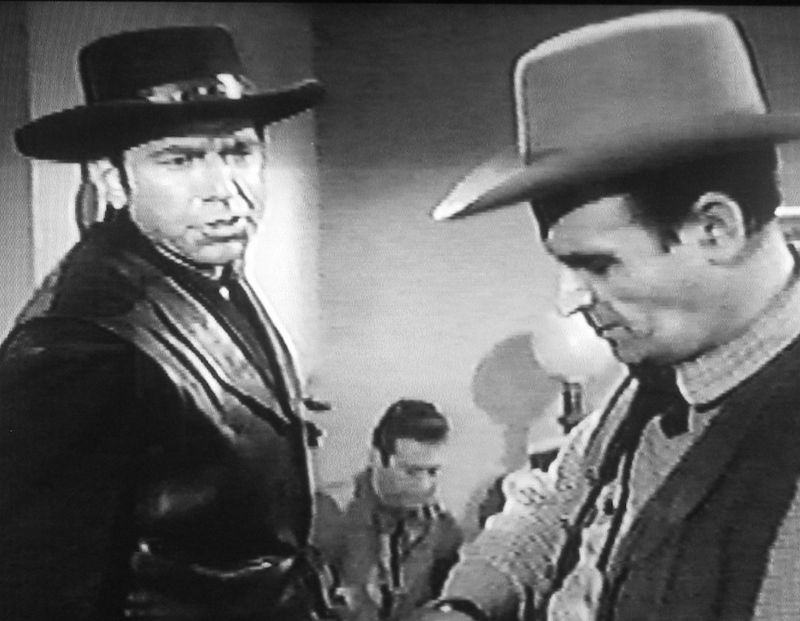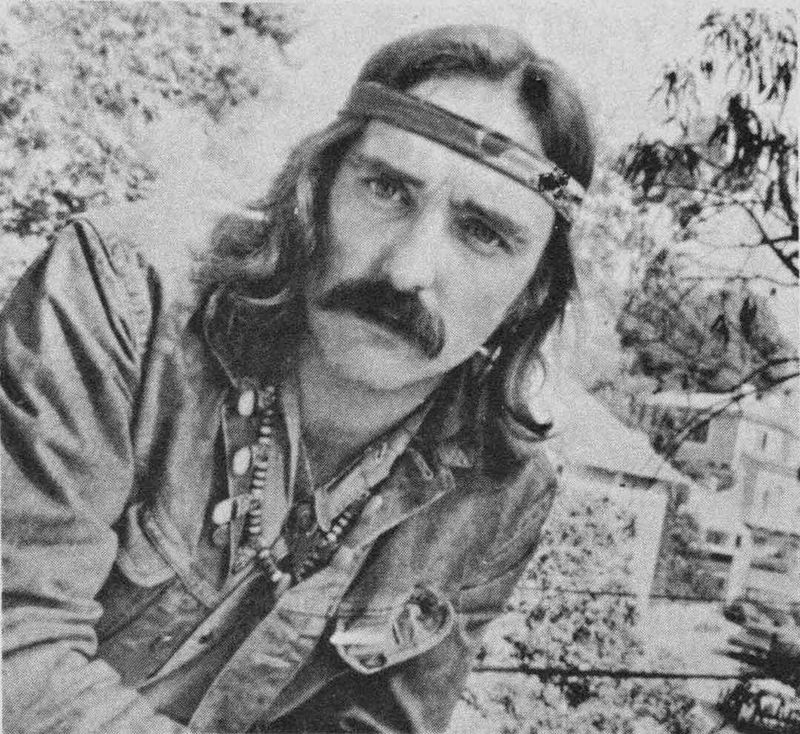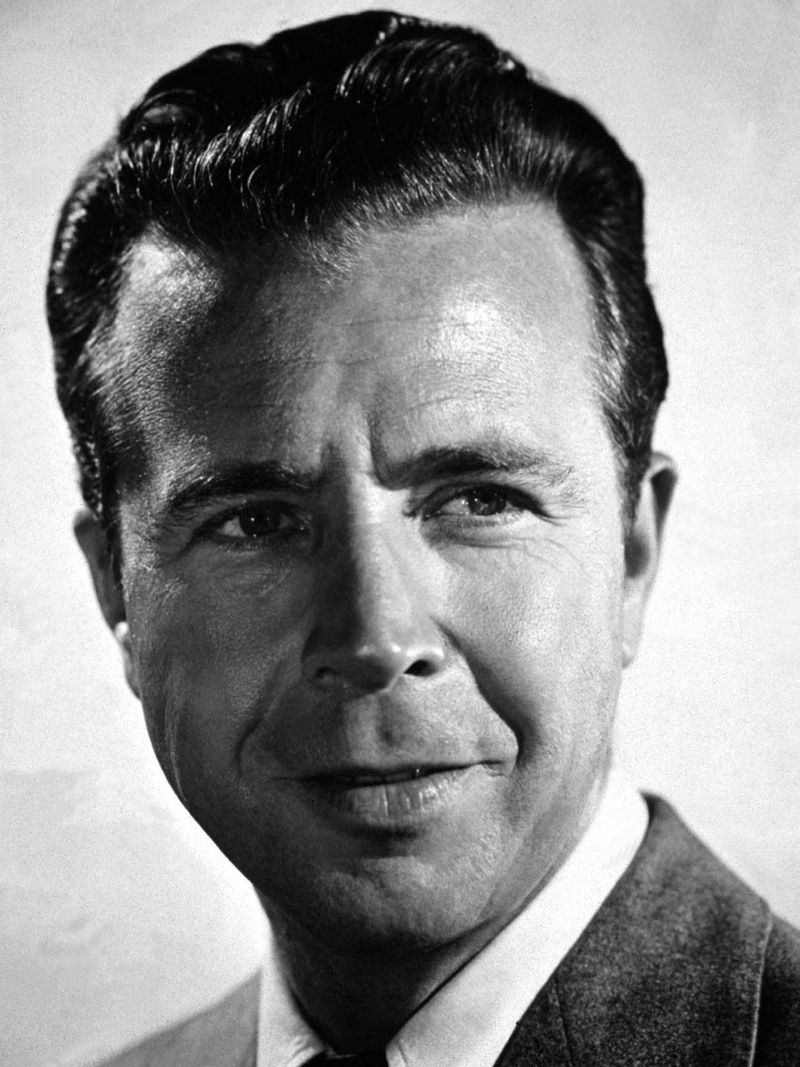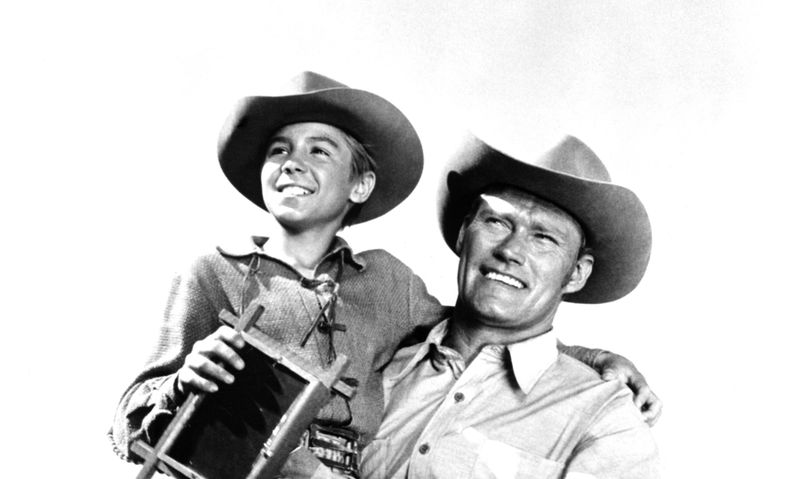Discover the hidden tales behind ‘The Rifleman,’ the beloved Western series that captured the hearts of many.
Unravel the intriguing stories of its creation, the people who brought it to life, and the legacy it continues to hold.
From its unique characters to its groundbreaking television moments, these 12 secrets will offer a fresh perspective on the classic show.
1. Professional Athlete Star
Before stepping into the iconic role of Lucas McCain, Chuck Connors was a professional athlete. He played major league baseball for the Chicago Cubs and was also a basketball player for the Boston Celtics.
This athletic background lent him a commanding presence on-screen. Being a sportsman wasn’t just about physicality; it brought discipline and charisma to his acting. Connors’ diverse talents made him a unique fit for ‘The Rifleman,’ adding layers to his portrayal.
His sports career was a remarkable chapter, blending seamlessly with his acting pursuits, creating an unforgettable character in television history.
2. Series Run
Airing from 1958 to 1963, ‘The Rifleman’ became a staple in American households. The series produced 168 episodes over five seasons, showcasing the story of a widower raising his son in the Wild West. Its unique premise and compelling storytelling captivated audiences weekly.
The show’s longevity is a testament to its quality and enduring appeal. Each episode brought new challenges and adventures, engaging viewers with its blend of action, drama, and heartfelt moments.
The series’ success laid the groundwork for future Westerns, making it a landmark in television history.
3. Sam Peckinpah Connection
Sam Peckinpah, who later became famous for directing films like ‘The Wild Bunch,’ was instrumental in crafting the early episodes of ‘The Rifleman.’ His influence is evident in the show’s gritty realism and complex characters.
Peckinpah’s storytelling prowess added depth to the series, making it stand out among other Westerns of its time. His contribution to ‘The Rifleman’ was a significant stepping stone in his illustrious career.
This collaboration enriched the show, infusing it with a cinematic quality that resonated with audiences and set the stage for his future successes.
4. Iconic Modified Rifle
The Winchester Model 1892 rifle wielded by Lucas McCain became a signature element of ‘The Rifleman.’ Its large loop lever allowed for rapid-fire action, a distinctive feature that became an iconic part of the series.
This unique modification not only enhanced the show’s visual appeal but also defined McCain’s character as a skilled marksman. The rifle’s design was both practical and theatrical, providing thrilling moments on-screen.
Its role extended beyond functionality, symbolizing McCain’s strength and resolve. This weapon became one of television’s most memorable props, adding to the show’s enduring legacy.
5. Notable Opening Sequence
The opening sequence of ‘The Rifleman’ is unforgettable, featuring Lucas McCain firing his rifle in rapid succession. Although the scene suggests he fires 12 shots, clever sound editing created some debate over the exact number.
This dynamic introduction set the tone for each episode, showcasing McCain’s prowess and the show’s action-packed nature. The sequence was a brilliant piece of television magic, combining visual flair with auditory ingenuity.
It captured viewers’ attention immediately and became synonymous with the series. The opening remains one of the most iconic in television history, a testament to its creative execution.
6. Widowed Father Focus
‘The Rifleman’ broke new ground by focusing on a single parent, Lucas McCain, raising his son, Mark. This narrative stood out in an era dominated by traditional family portrayals.
The show explored themes of love, responsibility, and resilience, resonating with audiences. This father-son dynamic added emotional depth, offering viewers a relatable and touching storyline.
The series challenged societal norms, portraying the challenges and triumphs of single parenthood. It was a pioneering approach that highlighted the strength of family bonds, leaving a lasting impact on television storytelling and paving the way for more diverse family representations.
7. Young Co-Star History
Before becoming Mark McCain, Johnny Crawford was known to audiences as a Mouseketeer on ‘The Mickey Mouse Club.’ This early exposure made him a familiar face, endearing him to viewers.
His transition from a beloved children’s show to a Western series showcased his versatility as an actor. Crawford’s youthful energy and charm brought an engaging dynamic to ‘The Rifleman,’ complementing Chuck Connors’ stoic presence.
His role as Mark was more than just a sidekick; it was pivotal to the show’s narrative, reflecting themes of growth and mentorship. Crawford’s background enriched his portrayal, adding authenticity and appeal.
8. Fictional Town
The setting of ‘The Rifleman’ is the fictional town of North Fork, located in the New Mexico Territory. This backdrop provided a rich canvas for storytelling, capturing the essence of the American frontier.
North Fork was more than just a location; it was a character in itself, influencing the narrative with its unique environment and challenges. The town’s depiction was meticulously crafted, offering authenticity and a sense of place.
It played a crucial role in the series, shaping the lives and adventures of its inhabitants. The setting added depth to the story, enhancing the show’s immersive quality.
9. Rapid Reload Trick
One of ‘The Rifleman’s’ most exciting elements was Lucas McCain’s rapid reloading rifle trick. Connors used a set screw on the rifle’s loop lever, allowing him to cock it swiftly with a single swing.
This ingenious modification added flair to the show and highlighted McCain’s skill and ingenuity. It wasn’t just a gimmick; it symbolized his adaptability and resourcefulness in the Wild West.
The trick became a signature move, thrilling viewers with its precision and speed. This clever innovation contributed to the show’s distinct identity, making each encounter more engaging and entertaining.
10. Impressive Guest Stars
‘The Rifleman’ boasted an impressive lineup of guest stars, including future big names like Dennis Hopper, Michael Landon, and Robert Vaughn. These appearances added star power and variety to the series, keeping episodes fresh and exciting.
Each guest star brought their own flair, enriching the show’s narrative and expanding its universe. Their early appearances offered glimpses of their burgeoning talent, making ‘The Rifleman’ a platform for rising stars.
The diverse cast of characters they portrayed enhanced the storyline, providing memorable moments that contributed to the show’s enduring appeal and influence.
11. Production House
Four Star Television, the production house behind ‘The Rifleman,’ played a crucial role in its success. Co-founded by actor Dick Powell, the company was responsible for many of the era’s hit shows.
Their expertise and vision ensured high-quality production values that set ‘The Rifleman’ apart. The collaboration with talented writers and directors brought the series to life, creating a rich tapestry of storytelling.
Four Star Television’s commitment to excellence was evident in every episode, making the show a standout in its genre. Their legacy continues, influencing television production standards to this day.
12. Lasting Legacy
Though ‘The Rifleman’ ended in 1963, its impact remains significant. The series continues to inspire Western storytelling on television, captivating new generations of fans. Its timeless themes and memorable characters have left an indelible mark on the genre.
The show’s legacy is evident in its continued popularity, with reruns and memorabilia keeping its spirit alive. ‘The Rifleman’ paved the way for future Westerns, setting a benchmark for quality and storytelling.
Its influence is felt beyond the screen, as it remains a beloved classic, cherished for its innovation, heart, and enduring charm.
